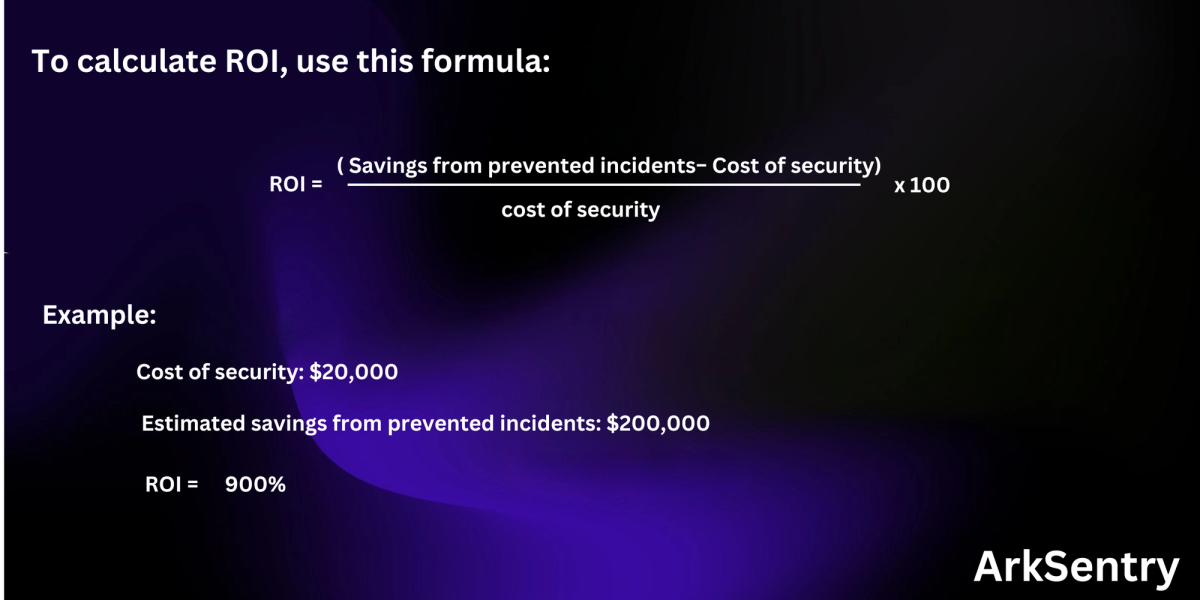Introduction
In an increasingly digital world, the importance of cybersecurity cannot be overstated. This document aims to provide a clear understanding of the return on investment (ROI) for security measures, and why it is crucial for businesses of all sizes. We will explore the challenges of measuring security ROI, the high costs associated with internal security teams, and the benefits of outsourcing to external vendors.
What is ROI ?
ROI is a calculation of the monetary value of an investment versus its cost. The ROI formula is: (profit minus cost) / cost. If you made $10,000 from a $1,000 effort, your return on investment (ROI) would be 0.9, or 90%.
Why is it hard to measure ROI of security ?
In most companies, security budget requests often face rejection or skepticism because the ROI of security tools and vendor costs isn’t always clear. This happens because security’s intangible nature makes it difficult to quantify benefits—measuring nothing is hard.
The best-case scenario in cybersecurity is that nothing bad happens. In contrast, areas like marketing have clear metrics, such as how many visitors each section of a webpage gets or how many convert to sales. Security, on the other hand, prevents potential losses rather than generating visible gains, making its impact harder to measure.
To justify security investments, security teams must communicate in business terms—a common theme in board meetings.
Let’s start with the most fundamental equation in business—whether SMB or enterprise, every company can summarize its operations in terms of revenue and spending or simply cost and benefit on the balance sheet .
so security has has direct costs, including tools, vendors, and employees. Unfortunately, there is no direct revenue from it on the balance sheet right?
But let’s take a different approach and explore several ways to address this challenge.
Cost-Benefit Analysis:
Investment vs. Breach Costs
The cost of implementing robust security measures is significantly lower than the potential costs of a breach. For instance, the average cost of a data breach in 2023 was $4.45M, while penetration testing or security programs often cost a fraction of that amount
Quantitative Data
Studies show that companies with regular penetration testing experience 60% fewer successful attacks compared to those without such measures.
so When comparing the cost of inaction to the cost of taking security seriously, you’ll find that investing in security saves significant amounts of money and time. This includes avoiding legal penalties, preventing customer loss, reducing rising cyber insurance premiums, and minimizing the actual cost of a breach. Most importantly, it helps protect brand trust, which can be the most valuable asset a company has.
ROI Calculation Example:
The numbers provided here are for illustrative purposes only. Actual figures will vary depending on factors such as your company's specific circumstances, brand value, asset protection, downtime, and more.

Conclusion
Security ROI focuses on preventing potential losses rather than generating revenue, The cost of a security breach far exceeds the cost of preventive measures..Continuous investment in security is necessary to adapt to evolving cyber threats.
For many organizations, especially smaller ones, outsourcing pentesting to external vendors offers a cost-effective solution. While the analysis involves assumptions, the potential benefits justify the investment, emphasizing the importance of proactive security measures.
